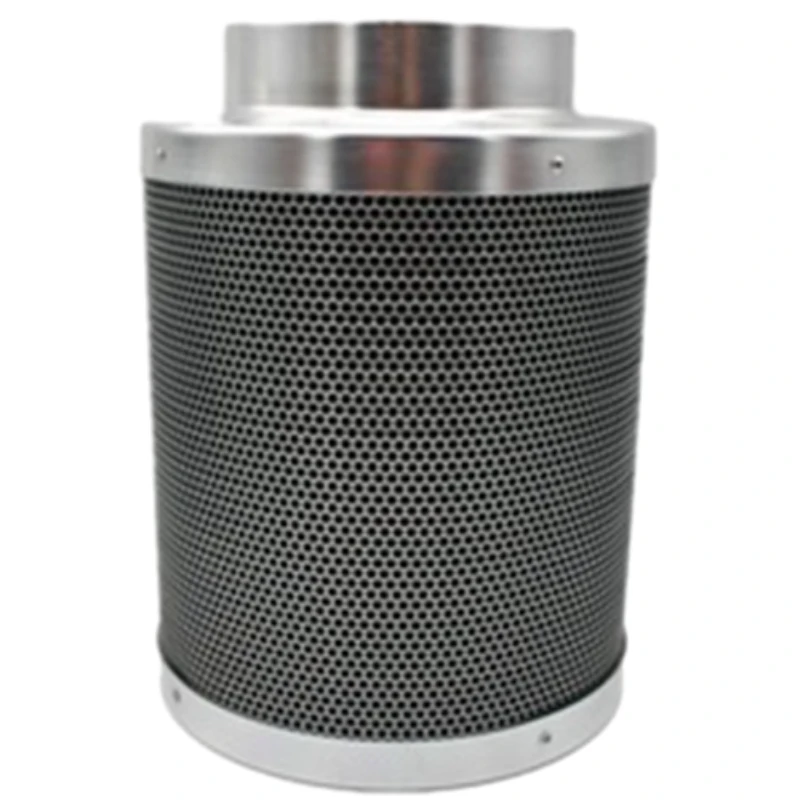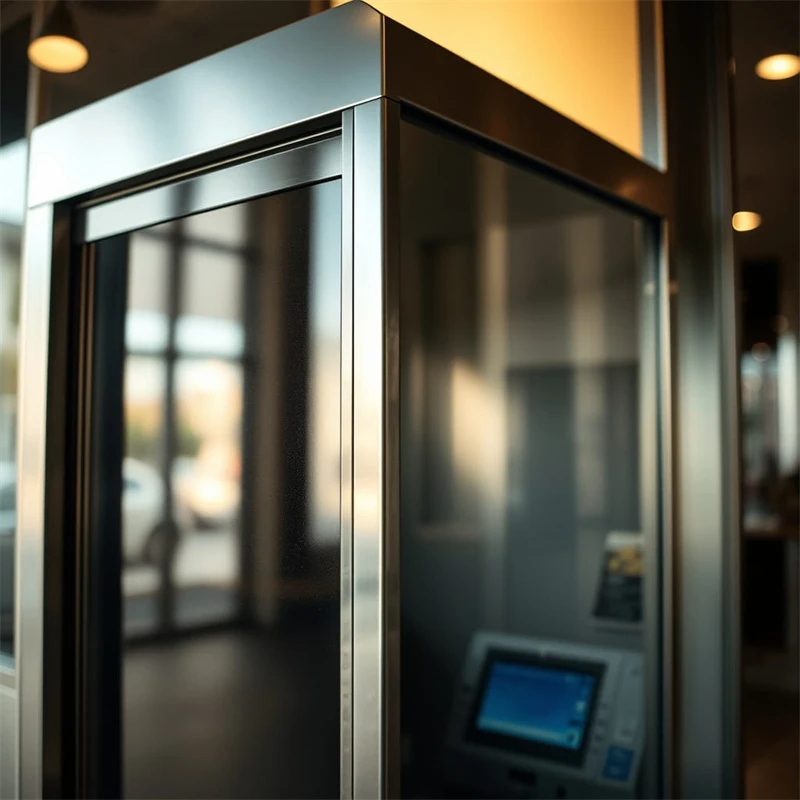Oct . 02, 2024 00:35 Back to list
Different Types and Applications of Specialty Glass in Modern Industries
Types of Special Glass
Glass is an essential material used in a variety of applications, ranging from everyday household items to specialized industrial uses. While standard glass often serves basic functions, special glass types have been developed to meet specific requirements in various fields. This article explores several notable types of special glass, their unique properties, and their practical applications.
1. Tempered Glass
Tempered glass, also known as toughened glass, is treated through a process of extreme heating and rapid cooling, which makes it much stronger than regular glass. This type of glass is designed to withstand high stress and is commonly used in applications where safety is paramount, such as automotive windows, shower doors, and glass doors. If broken, tempered glass shatters into small, blunt pieces rather than sharp shards, significantly reducing the risk of injury.
2. Laminated Glass
Laminated glass is created by sandwiching a layer of polyvinyl butyral (PVB) or another interlayer between two layers of glass. This construction not only increases the glass's strength but also provides sound insulation and UV protection. Laminated glass is often used in situations where safety and security are critical, such as in skylights, glass floors, and windshields. It prevents the glass from shattering completely upon impact, holding the fragments together.
3. Low-E Glass
Low-E glass, or low-emissivity glass, is designed to reflect heat and reduce ultraviolet (UV) light transmission, thereby enhancing energy efficiency in buildings. This type of glass is coated with a microscopically thin layer that helps to regulate indoor temperatures by reflecting solar energy back outside during hot weather and keeping heat inside during colder months. Low-E glass is widely used in residential and commercial windows to control energy consumption and provide comfortable living environments.
4. Borosilicate Glass
types of special glass

With its high resistance to thermal shock, borosilicate glass is often used in laboratory equipment and cookwares, such as Pyrex. This special glass is made from silica and boron trioxide, giving it exceptional durability against temperature changes, making it ideal for use in chemistry labs and industrial settings. Borosilicate glass is also used in the production of light bulbs and astronomical telescopes due to its optical clarity and resistance to thermal expansion.
5. Optical Glass
Optical glass is engineered for specific optical applications, such as lenses, prisms, and mirrors. This type of glass is highly pure and has precise refractive indices, making it invaluable in the fields of photography, cinematography, and scientific instrumentation. Optical glass can be custom manufactured based on the desired optical properties, ensuring that it meets the stringent requirements of optical devices.
6. Smart Glass
Smart glass, also known as switchable glass or electrochromic glass, changes its properties when subjected to electrical voltages. This innovative glass can switch from transparent to opaque, controlling light transmission and enhancing privacy. Smart glass technology is gaining traction in modern architecture and automobiles, providing energy efficiency and privacy without sacrificing style. Additionally, it allows for the creation of dynamic environments, as its transparency can be adjusted according to user preferences.
7. Bulletproof Glass
Created by layering multiple sheets of glass and polycarbonate or other impact-resistant materials, bulletproof glass provides protection against ballistic threats. It is often used in banks, military vehicles, and secure government installations. The thickness and layering techniques can be customized according to specific security needs, making bulletproof glass a critical element in modern security solutions.
Conclusion
The development of special glass types has revolutionized various industries by enhancing safety, energy efficiency, and functionality. Each type of special glass serves unique purposes, from providing strength and security to improving thermal efficiency and optical clarity. As technology advances, the use of specialized glass will likely expand further, contributing to innovations in architecture, manufacturing, and personal safety. Understanding these materials and their properties is essential for architects, designers, and consumers alike, as they navigate the diverse landscape of contemporary glass applications.
-
The Wonders of Ultra Clear Glass: Perfect Clarity for Every Application
NewsMay.16,2025
-
The Benefits of Wired Glass: Durable, Stylish, and Safety-First
NewsMay.16,2025
-
The Beauty of Pattern Glass
NewsMay.16,2025
-
Tempered Glass for Sale
NewsMay.16,2025
-
The Charm of Special Glass: The Perfect Combination of Innovation and Art
NewsMay.16,2025
-
Discover the Elegance of Silver Mirrors
NewsMay.16,2025
Related PRODUCTS














